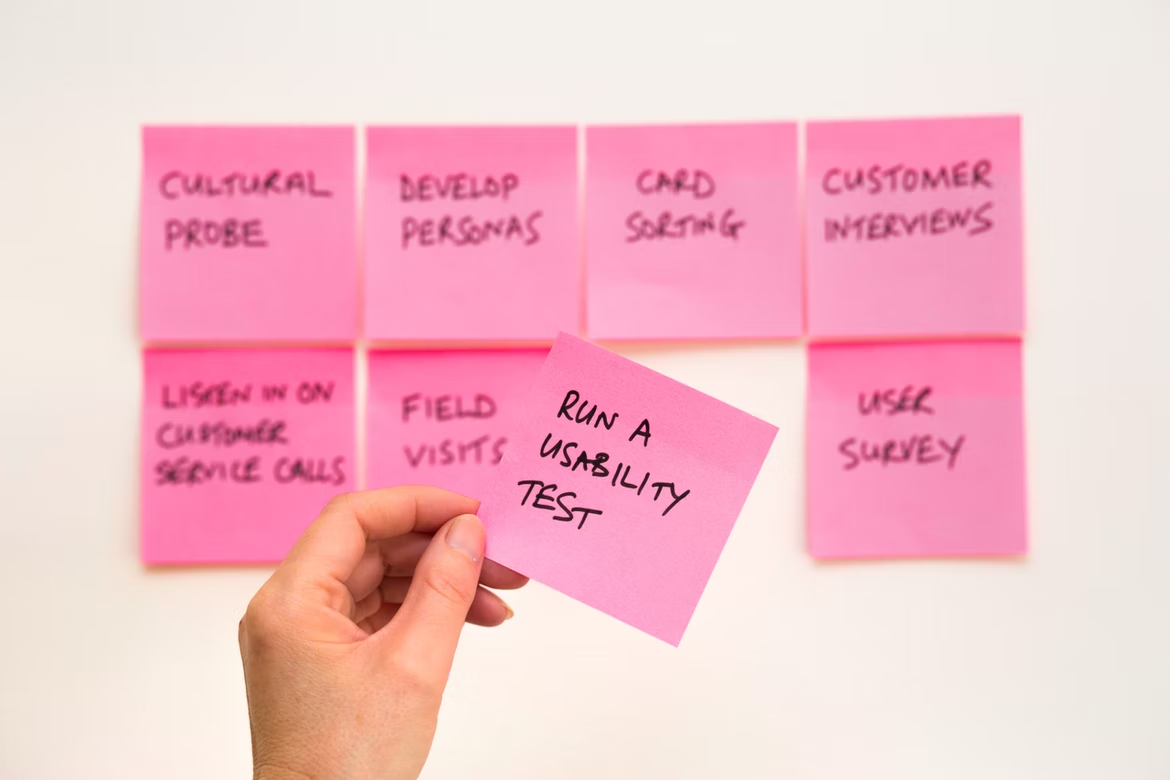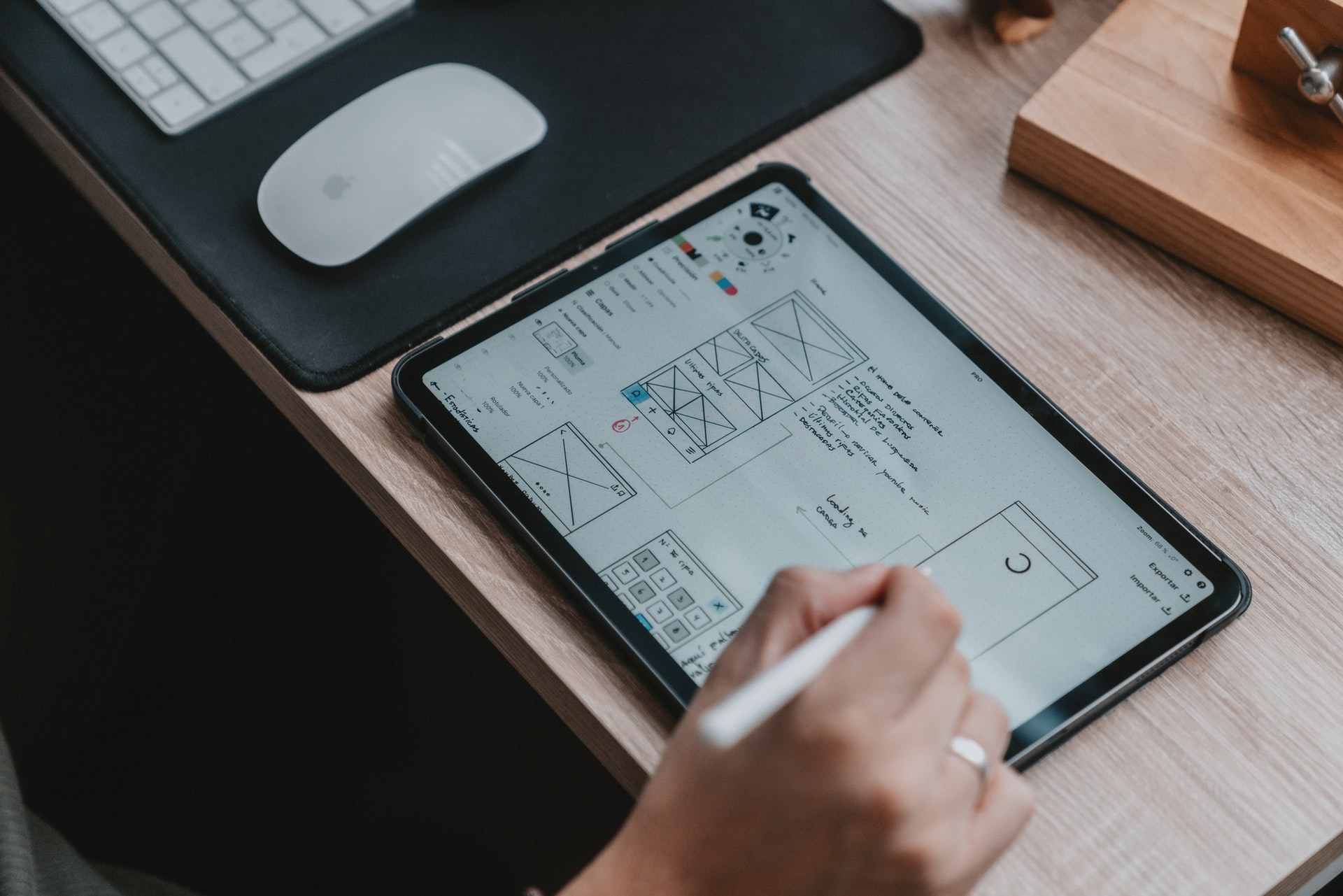A key part of providing a great user experience is understanding your audience. This means taking the time to research who will be using your product and what their needs are. This can be done through surveys, interviews, and focus groups. Once you have a good understanding of your audience, you can begin to design with them in mind. This includes creating user flows and prototypes that take into account their needs and how they interact with your product. Designing with your users in mind from the beginning can save you a lot of time and money down the road. While it may cost more to hire a UX designer upfront, it will save you money in the long run by ensuring that your product meets the needs of your users.
It is common knowledge that creating a great user experience is essential to the success of any website. But what are the best ways to achieve this? Here are five tips to help you design and create a website that is both visually appealing and easy to use.
1. Make sure your website’s font is easy to read

A website’s font is one of the most important aspects to consider when it comes to user experience. If the font is hard to read, users will be less likely to stick around on your website for long. Here are five tips to help you make sure your website’s font is easy on the eyes:
– Use a sans-serif font such as Arial, Verdana, or Helvetica
– Stick to black or dark gray fonts
– Use a large font size (14 points or larger)
– Keep the line length short (50 characters or less)
– Use headlines and subheadings to break up text
2. Use clear and concise language on your website
The language you use on your website can have a big impact on how visitors perceive your business. If you use complex or technical language, you may alienate some potential customers. On the other hand, if you use overly simplified language, you may come across as unprofessional. The best approach is to use clear and concise language that is easy to understand. You should also avoid using jargon or slang. By communicating clearly with your website visitors, you will give them a positive impression of your business.
3. Place important information in easily accessible places
As anyone who has ever tried to find a specific piece of information on a website knows, poor site usability can be frustrating. One of the most important things you can do to ensure that your site is user-friendly is to place important information in easily accessible places. Designing your site with usability in mind doesn’t have to be difficult – here are a few tips to get you started.

– Make sure that your most important content is “above the fold” – that is, visible on the screen without scrolling. This is especially important for mobile users, who may not be willing or able to scroll down a long page.
– Use clear and descriptive titles and headings to help users navigate your site.
– Use images and other visual elements to break up text and add interest. Just be sure to use them sparingly – too many visuals can make a page feel cluttered and overwhelming.
– And finally, don’t forget the search box! Make it easy for users to find what they’re looking for by including a search bar on every page of your site.
By following these simple tips, you can help ensure that your website is user-friendly and easy to navigate.
4. Make sure your website’s buttons and links are easy to find and use
One of the most important aspects of having a successful website is making sure it is easy for visitors to navigate and use. This is often referred to as site usability, and it is something that should be given careful consideration during the design process. There are a number of factors that contribute to good site usability, but one of the most important is making sure that buttons and links are easy to find and use. Designing your website with usability in mind can help improve the user experience and increase conversions. While it may cost more to hire a UX designer upfront, the long-term benefits will outweigh the initial cost.
5. Test your website on different browsers and devices to ensure compatibility
As a website owner, it is important to test your site on different browsers and devices to ensure compatibility. While most modern browsers are compatible with most websites, there are always exceptions. In addition, different devices may render websites differently due to differences in screen size and resolution. Testing your site on multiple browsers and devices can be time-consuming and cost-prohibitive to do yourself. Therefore, it is often best to get a professional on a team to perform these tests for you. While the cost of hiring a UX designer may seem pricey, it is often worth it, in the long run, to make sure that your site is accessible to the greatest number of people possible.
Conclusion
By following the tips above, you can help ensure that your website is user-friendly and easy to navigate. Designing your site with usability in mind can help improve the user experience and increase conversions. While it may cost more to hire a UX designer upfront, the long-term benefits will outweigh the initial cost. Test your website on different browsers and devices to ensure compatibility. Make sure buttons are links are strategically placed and the font is easy on the eyes. Make sure it is easy for your user to find all the important information. Use some professional help and remember that while the cost of hiring a professional may seem hgh, it is often worth it, in the long run, to make sure that your site is accessible to the greatest number of people possible.
















